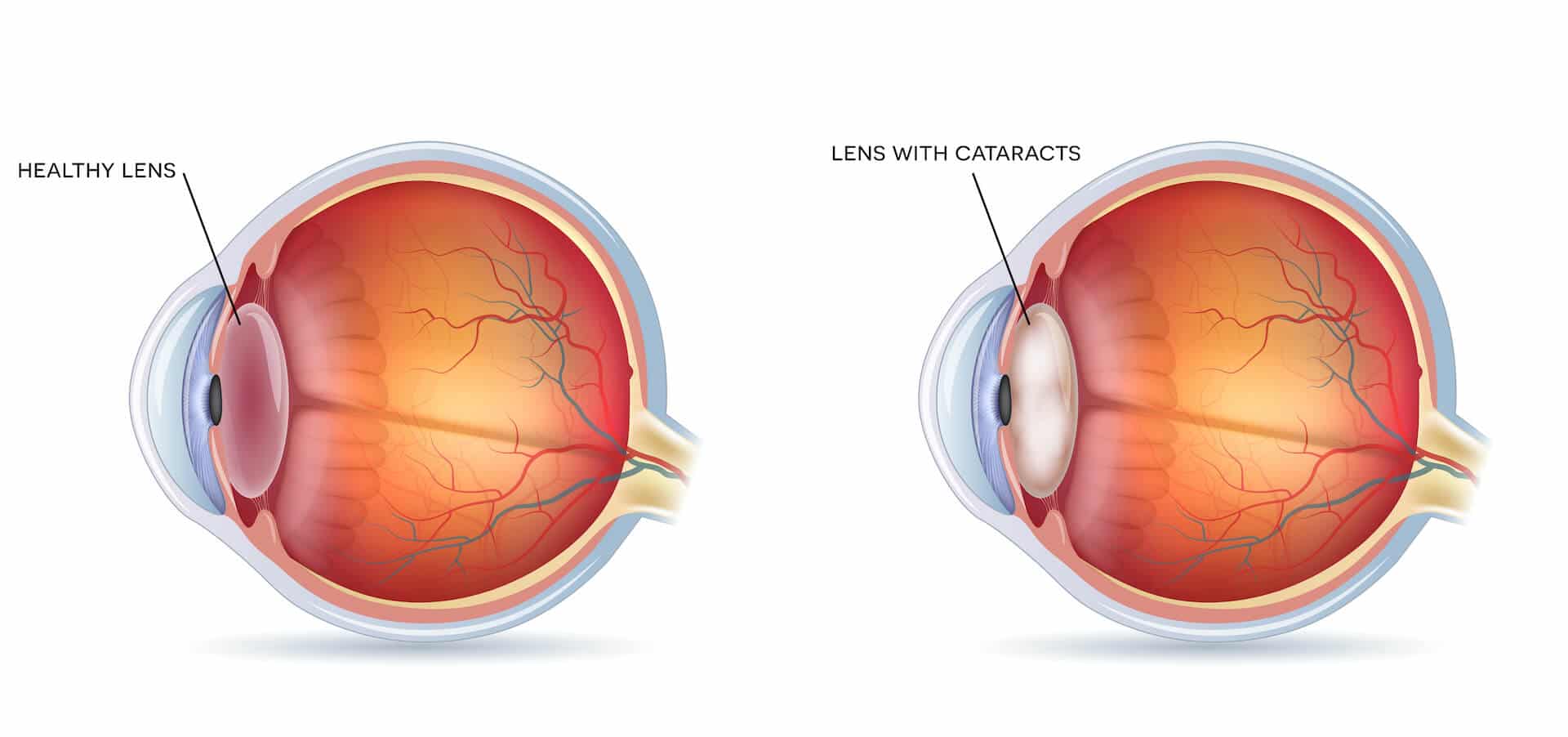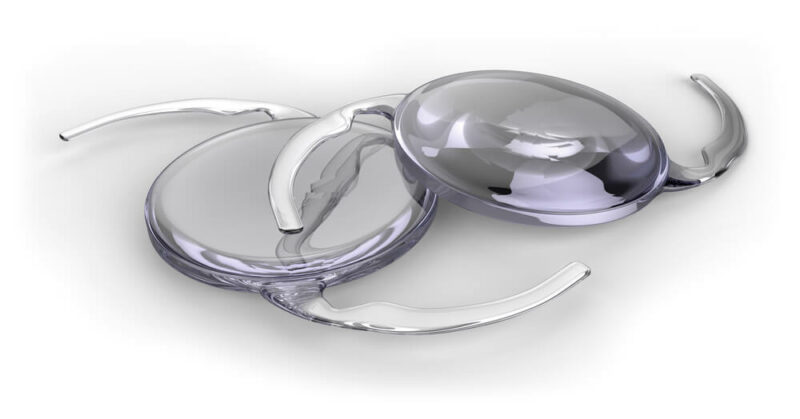Cataract Center

Many patients become overwhelmed when they hear that they have cataracts and get concerned about the surgery that will follow. It is completely normal to be nervous about any type of surgery. It is however, a myth that cataract surgery is painful and dangerous to perform. According to many sources, cataract surgery is one of the most commonly performed Medicare reimbursed surgical procedures performed in the United States today.
If you are someone suffering from cataracts or have a family member that is suffering from cataracts and you are helping them do the research, we encourage you to carefully review the pages of the cataract section on this website. The cataract surgeons at Delta Eye Medical Group in Stockton, Tracy and Lodi are not only experts in their field, but also use the most up-to-date techniques practiced in modern day cataract surgery.
What is a Cataract?
A cataract is the clouding of the eye’s naturally clear lens. The lens is part of the eye that helps focus light on the retina. The retina is a light sensitive layer of tissue lining the inner surface of the eye. The optics of the eye create an image of the visual world on the retina through the cornea and lens. The clouding caused by a cataract reduces the sharpness of images reflected in the retina resulting in blurred vision.
Take our cataract self-test to see what your options are.

A cataract is caused by one of two changes in the lens: degeneration of protein or discoloration. The lens is primarily composted of water and protein. In the case of a cataract the protein degenerates in areas clouding the lens and reducing the amount of light that reaches the retina. This can start with small areas and increase in size to completely cover the lens requiring cataract surgery. In the case of discoloration the lens slowing changes to a yellow and/or brownish color. Over time this brown tint to the lens becomes more prominent making it difficult to read and identify colors such as blues, purples and blacks. Gradual discoloration of lenses does not affect the sharpness of the image. The natural wear and tear on eyes due to job requirements, lifestyle and environment are possible factors causing cataracts. Most cataracts are related to aging, usually starting after age 40. Cataracts are so common that by age 75 about 70% of people will have cataracts.
Cataract Symptom Checker






If you are concerned about cataracts, contact one of our Cataract Centers in Stockton, Tracy or Lodi for a consultation.
Premium Lens Options

Delta Eye Medical Group’s Cataract Center offers the most advanced intraocular lens implants (IOL’s) for cataract surgery. These lifestyle or also called premium IOL’s provide patients with the best possible vision without glasses. Many patients that opt for premium IOL’s often never need contacts or glasses after cataract surgery. The premium IOL options include monofocal, multifocal and toric.
Monofocal IOL’s are the standard type of lens used to replace the eye’s natural lens. They provide improved vision at only one distance and are set for either distant vision or near vision. Most patients will continue to use glasses for either near or distant vision. Monofocal implants bend light rays equally and are covered by medical insurance.
Multifocal IOL’s are often referred to as “Lifestyle Lens Implants” because they can provide excellent vision, often without the need of glasses or contacts. These implants can offer a wide spectrum of vision including near, intermediate and far vision. Often times patients who experience cataracts also suffer from presbyopia, an age related condition where the eye struggles to focus on near objects. Multifocal IOLs blend medically necessary cataract surgery with refractive surgery and are not completely covered by medical insurance. Ask your Ophthalmologist with Delta Eye Medical Group if Multifocal IOL’s would be effective for you.
Toric IOL’s are an advanced technology implants that provide astigmatism correction. Astigmatism occurs when light rays fail to come to a single focus on the retina causing a blurred image. This deviation from spherical curvature is caused by the cornea, the lens or a combination of both. Toric implants are either monofocal or multifocal. Toric IOL’s help to correct the astigmatism when it is created by the cornea. If the astigmatism is created by the lens, then it is corrected by removing the cataractous lens. Toric implants blend medical necessary cataract surgery with refractive surgery.


